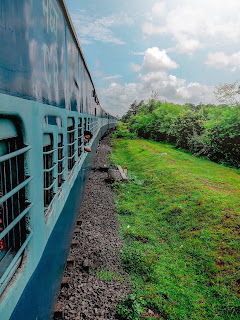IPL History

IPL History in Brief. The Indian Premier League (IPL) is a professional Twenty20 cricket league in India contested annually by teams representing Indian cities. The league was founded by the Board of Control for Cricket in India (BCCI) in 2008. The IPL has grown to become the most-attended cricket league in the world and is known for its high-octane matches and star-studded lineups. The first season of the IPL began in 2008, with eight teams participating: the Chennai Super Kings, the Delhi Daredevils, the Kings XI Punjab, the Kolkata Knight Riders, the Mumbai Indians, the Rajasthan Royals, the Royal Challengers Bangalore, and the Deccan Chargers. The tournament was played in a double round-robin format, with the top four teams qualifying for the semifinals. The first IPL final was held on June 1, 2008, with the Rajasthan Royals defeating the Chennai Super Kings by three wickets to become the inaugural champion...




.jpeg)